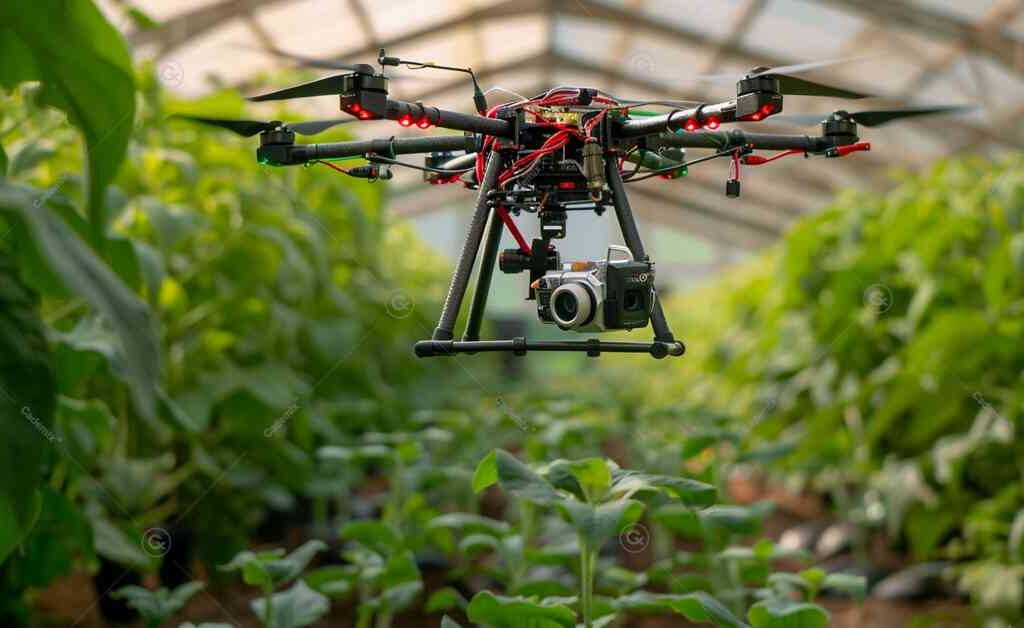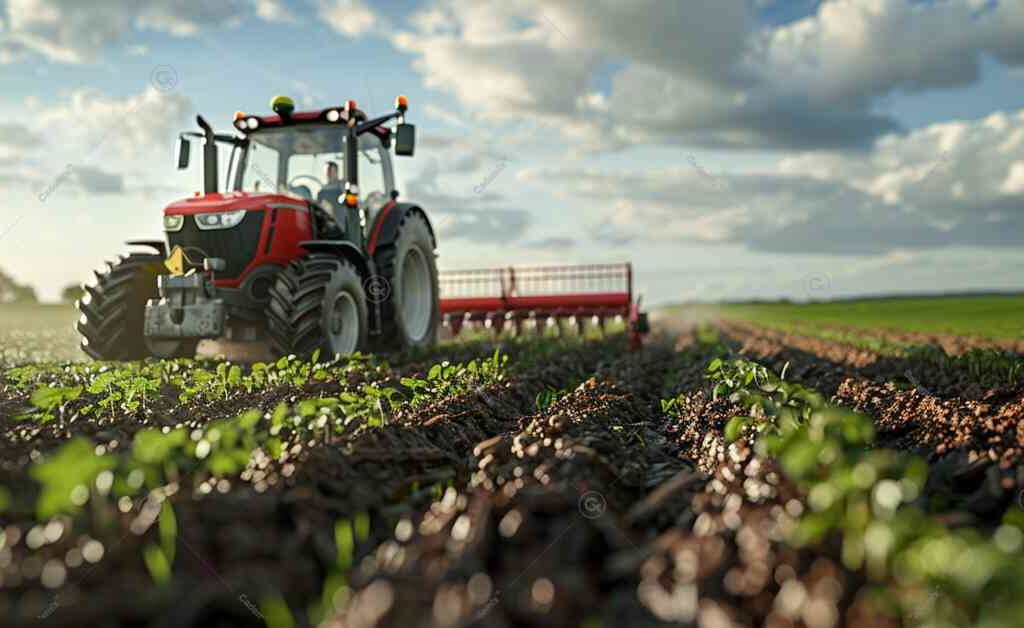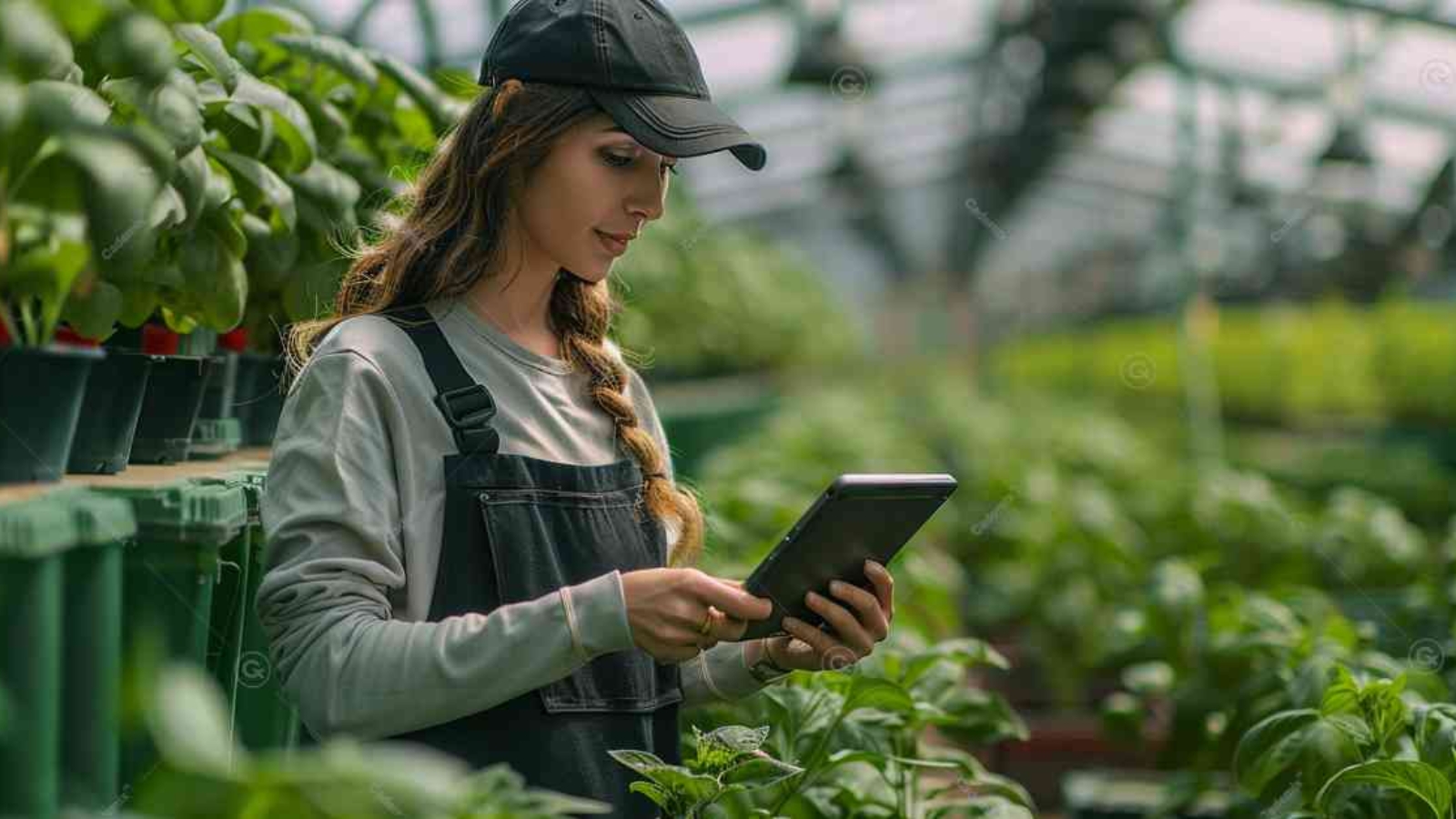Agricultural land is a critical resource for food production, biodiversity conservation, and rural livelihoods. Effective management and utilization of agricultural land are essential for ensuring food security, environmental sustainability, and economic development. This white paper provides a comprehensive analysis of agricultural land, exploring the tools and methods available for its management, as well as the policies that can support sustainable agricultural practices. This analysis is aimed at researchers, policymakers, and stakeholders in the agricultural sector.
Keywords: agricultural land, land management, sustainable agriculture, land policies, agricultural tools, land use methods
Introduction
Agricultural land encompasses various types of farmland used for growing crops and raising livestock. The effective management of agricultural land involves optimizing its use to ensure high productivity while maintaining environmental health. This white paper delves into the importance of agricultural land, the tools and methods for managing it, and the policies that can enhance its sustainability and productivity.
Importance of Agricultural Land
Food Security
Agricultural land is the foundation of global food production. Ensuring its optimal use is crucial for meeting the growing food demands of an increasing population. Effective management practices can enhance crop yields, reduce post-harvest losses, and ensure a stable food supply.
Economic Development
Agriculture is a significant contributor to the economies of many countries, particularly in the developing world. Agricultural land provides employment opportunities, supports rural economies, and contributes to national GDP. Sustainable management practices can enhance the economic benefits derived from agriculture.
Environmental Sustainability
Agricultural land plays a vital role in maintaining biodiversity, regulating water cycles, and sequestering carbon. Sustainable agricultural practices can help preserve these ecological functions, mitigate climate change, and promote environmental health. Read more about the connections of agricultural land and sustainable agriculture.

Tools and Methods for Agricultural Land Management
Geographic Information Systems (GIS)
Overview
Geographic Information Systems (GIS) are powerful tools for mapping, analyzing, and managing agricultural land. GIS technology allows for the integration of spatial and non-spatial data, providing a comprehensive view of land use patterns, soil properties, and crop health.
Applications
GIS can be used for various applications in agricultural land management:
- Land Use Mapping: GIS helps in creating detailed maps of agricultural land, showing the distribution of different crops, land cover types, and infrastructure.
- Soil Analysis: GIS can analyze soil properties such as texture, pH, and nutrient levels, aiding in the identification of suitable crops and the management of soil health.
- Crop Monitoring: GIS combined with remote sensing technology can monitor crop growth, identify areas affected by pests and diseases, and assess the impact of weather conditions on crop health.
Remote Sensing
Overview
Remote sensing involves the use of satellite or aerial imagery to collect data on agricultural land. This technology provides real-time information on crop conditions, soil moisture, and land use changes.
Applications
Remote sensing has several applications in agricultural land management:
- Crop Health Monitoring: High-resolution imagery can detect changes in crop health, allowing for timely interventions to address issues such as pest infestations or nutrient deficiencies.
- Soil Moisture Assessment: Remote sensing can monitor soil moisture levels, helping farmers optimize irrigation and water management practices.
- Land Use Change Detection: Remote sensing can track changes in land use over time, providing insights into trends such as deforestation, urban expansion, and shifts in agricultural practices.
Precision Agriculture
Overview
Precision agriculture involves the use of technology to optimize field-level management of agricultural land. This approach uses data-driven techniques to enhance productivity, reduce waste, and minimize environmental impact.
Applications
Key applications of precision agriculture include:
- Variable Rate Technology (VRT): VRT allows for the precise application of inputs such as fertilizers, pesticides, and water, based on the specific needs of different areas within a field.
- Automated Machinery: Precision agriculture employs GPS-guided machinery for planting, harvesting, and other field operations, ensuring accuracy and efficiency.
- Data Analytics: Advanced data analytics tools analyze field data to provide insights on crop performance, soil health, and resource use, aiding in decision-making and management.

Agroforestry
Overview
Agroforestry integrates trees and shrubs into agricultural landscapes to enhance productivity, biodiversity, and sustainability. This practice combines agriculture and forestry principles to create multifunctional land use systems.
Applications
Agroforestry offers several benefits for agricultural land management:
- Soil Conservation: Trees and shrubs help prevent soil erosion, improve soil structure, and enhance nutrient cycling.
- Biodiversity Enhancement: Agroforestry systems provide habitat for diverse species, promoting biodiversity and ecological balance.
- Climate Resilience: Trees and shrubs in agroforestry systems can buffer against extreme weather events, improve microclimates, and sequester carbon, contributing to climate change mitigation.
Organic Farming
Overview
Organic farming emphasizes the use of natural inputs and processes to maintain soil fertility, manage pests, and produce healthy crops. This approach avoids synthetic chemicals and promotes ecological balance.
Applications
Organic farming practices include:
- Composting: Organic matter such as crop residues and animal manure is decomposed to produce nutrient-rich compost, enhancing soil fertility.
- Biological Pest Control: Natural predators, parasites, and microorganisms are used to manage pest populations, reducing the need for chemical pesticides.
- Crop Rotation and Cover Cropping: Rotating crops and planting cover crops improve soil health, reduce pest and disease pressure, and enhance nutrient cycling.
Policies for Sustainable Agricultural Land Management
Land Tenure and Property Rights
Importance of Secure Land Tenure
Secure land tenure is essential for encouraging farmers to invest in sustainable land management practices. Clear and enforceable property rights provide farmers with the confidence to make long-term investments in their land.
Policy Recommendations
Policies to enhance land tenure security include:
- Land Registration and Titling: Implementing comprehensive land registration and titling programs to formalize property rights.
- Legal Reforms: Updating and enforcing land laws to protect the rights of landholders and ensure equitable access to land.
- Dispute Resolution Mechanisms: Establishing effective mechanisms for resolving land disputes to prevent conflicts and ensure fair outcomes.
Agricultural Subsidies and Incentives
Role of Subsidies
Subsidies and financial incentives can support farmers in adopting sustainable practices and improving productivity. Targeted subsidies can reduce the cost of inputs, promote innovation, and enhance resilience.
Policy Recommendations
Effective subsidy programs should:
- Promote Sustainability: Prioritize subsidies for practices that enhance soil health, conserve water, and reduce environmental impact.
- Support Smallholder Farmers: Ensure that subsidies are accessible to smallholder farmers, who often face financial constraints and limited access to resources.
- Encourage Innovation: Provide incentives for the adoption of new technologies and practices that improve efficiency and sustainability.
Environmental Regulations and Standards
Importance of Environmental Regulations
Environmental regulations are essential for protecting natural resources, promoting sustainable land management, and preventing environmental degradation. Regulations can set standards for practices such as soil conservation, water use, and chemical application.
Policy Recommendations
Environmental regulations should:
- Set Clear Standards: Establish clear and enforceable standards for sustainable land management practices.
- Provide Support: Offer technical assistance, training, and resources to help farmers comply with environmental regulations.
- Monitor and Enforce: Implement robust monitoring and enforcement mechanisms to ensure compliance and address violations.
Market Access and Infrastructure Development
Importance of Market Access
Access to markets is crucial for farmers to sell their produce, earn income, and invest in their land. Improved infrastructure, such as roads, storage facilities, and transportation, enhances market access and reduces post-harvest losses.
Policy Recommendations
Policies to improve market access should:
- Invest in Infrastructure: Develop and maintain infrastructure that supports agricultural markets, including roads, storage facilities, and transportation networks.
- Facilitate Market Linkages: Support the formation of cooperatives, farmer associations, and market information systems to connect farmers with buyers and enhance market opportunities.
- Promote Fair Trade: Implement policies that ensure fair pricing and reduce exploitation by intermediaries, enabling farmers to receive a fair share of the market value.

Case Studies of Successful Agricultural Land Management
Europe
Sustainable Land Management in France
France has implemented several successful initiatives to promote sustainable land management. These include the adoption of agroecology practices, support for organic farming, and policies that encourage biodiversity conservation.
The French government has provided financial incentives and technical assistance to farmers adopting sustainable practices. This support has led to increased organic farming, improved soil health, and enhanced biodiversity. France’s approach demonstrates the effectiveness of combining policy support with farmer engagement to achieve sustainable land management.
United States
Precision Agriculture in the Midwest
The adoption of precision agriculture in the Midwest has revolutionized agricultural land management. Farmers in this region use advanced technologies such as GPS-guided machinery, remote sensing, and data analytics to optimize input use and improve productivity.
Government programs and private sector partnerships have supported the adoption of precision agriculture by providing funding, training, and technical assistance. The success of precision agriculture in the Midwest highlights the potential of technology to enhance the efficiency and sustainability of agricultural land management.
Canada
Conservation Agriculture in Saskatchewan
Saskatchewan has become a leader in conservation agriculture, with widespread adoption of practices such as no-till farming, cover cropping, and crop rotation. These practices have improved soil health, reduced erosion, and enhanced water retention.
Government policies and programs have played a crucial role in promoting conservation agriculture in Saskatchewan. Financial incentives, technical support, and research initiatives have supported farmers in adopting sustainable practices. The success of conservation agriculture in Saskatchewan demonstrates the importance of policy support and farmer engagement in achieving sustainable land management.
Future Prospects and Recommendations
Enhancing Research and Innovation
Investing in research and innovation is essential for advancing agricultural land management. This includes developing new technologies, practices, and policies that enhance productivity, sustainability, and resilience.
Governments, research institutions, and the private sector should collaborate to support research initiatives that
address the challenges and opportunities in agricultural land management. Promoting interdisciplinary research and knowledge sharing can drive innovation and improve the effectiveness of land management strategies.
Strengthening Policy Frameworks
Strengthening policy frameworks is crucial for supporting sustainable agricultural land management. This includes formulating and implementing policies that promote secure land tenure, provide financial incentives, enforce environmental regulations, and improve market access.
Policymakers should engage with stakeholders, including farmers, researchers, and civil society organizations, to develop policies that are responsive to local needs and conditions. Effective monitoring and evaluation systems are essential for assessing the impact of policies and making necessary adjustments.

Promoting Capacity Building and Education
Capacity building and education are fundamental for empowering farmers and stakeholders in agricultural land management. This includes providing training on sustainable practices, technological innovations, and policy compliance.
Governments, educational institutions, and development organizations should invest in capacity building programs that enhance the skills and knowledge of farmers, extension agents, and policymakers. Promoting agricultural education and vocational training can support the development of a skilled workforce and enhance the sustainability of agricultural land management.
Enhancing International Cooperation
International cooperation is vital for addressing the global challenges of agricultural land management. This includes sharing knowledge, technologies, and best practices, as well as providing financial and technical assistance to developing countries.
International organizations, governments, and development agencies should collaborate to support initiatives that promote sustainable agricultural land management. Enhancing coordination and alignment of international efforts can maximize the impact of development programs and support the achievement of global food security and environmental sustainability goals.
Conclusion
Agricultural land is a critical resource for food production, environmental sustainability, and economic development. Effective management of agricultural land requires the use of advanced tools and methods, supportive policies, and collaborative efforts from all stakeholders. This comprehensive analysis highlights the importance of agricultural land, the tools and methods for its management, and the policies that can enhance its sustainability and productivity.
By addressing the challenges and leveraging the opportunities, we can ensure that agricultural land continues to provide the resources needed for a sustainable and prosperous future. This requires coordinated efforts from researchers, policymakers, farmers, and other stakeholders to promote innovative solutions and sustainable practices. Enhancing the management of agricultural land is essential for achieving global food security, protecting the environment, and supporting rural livelihoods.

